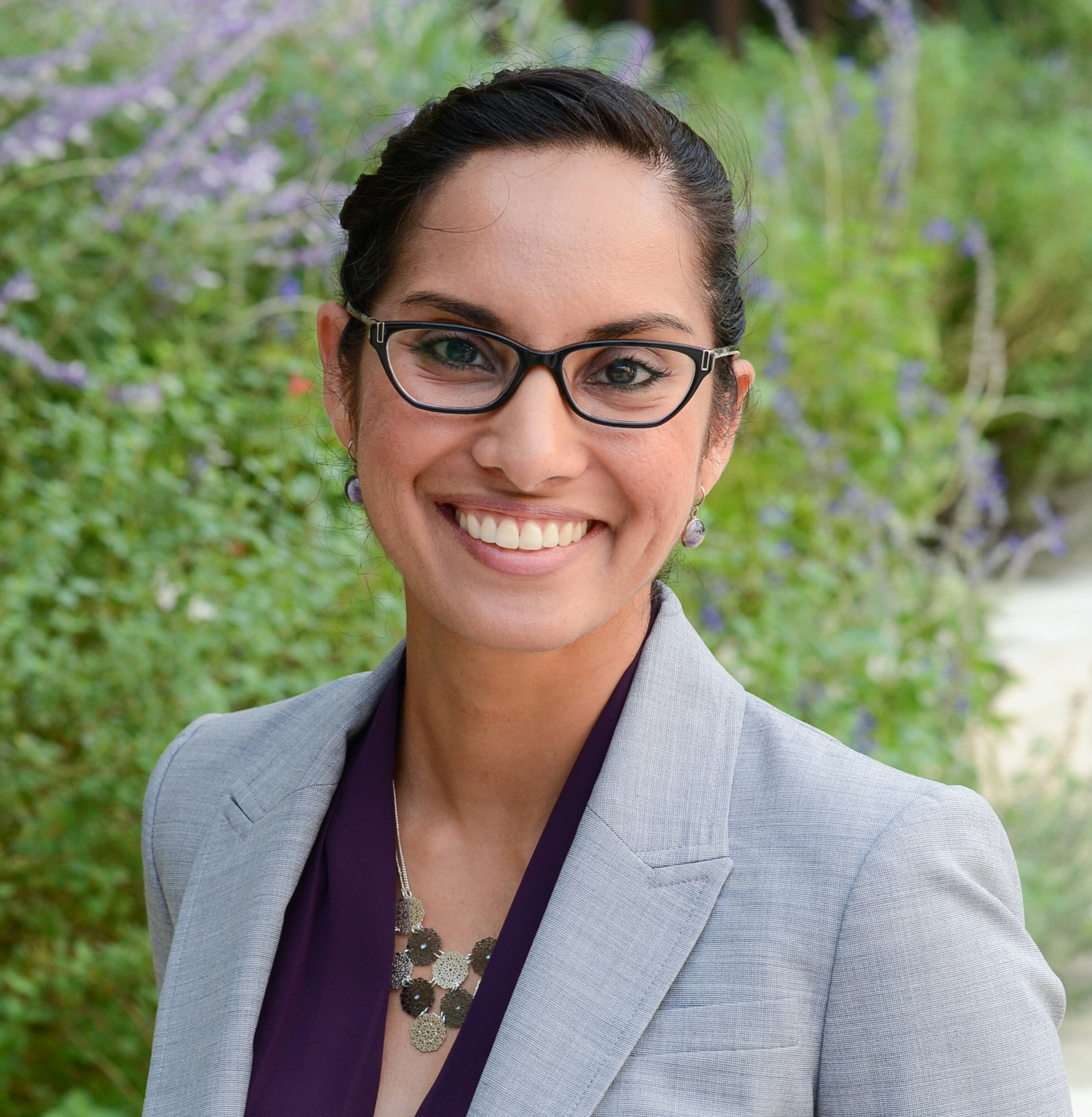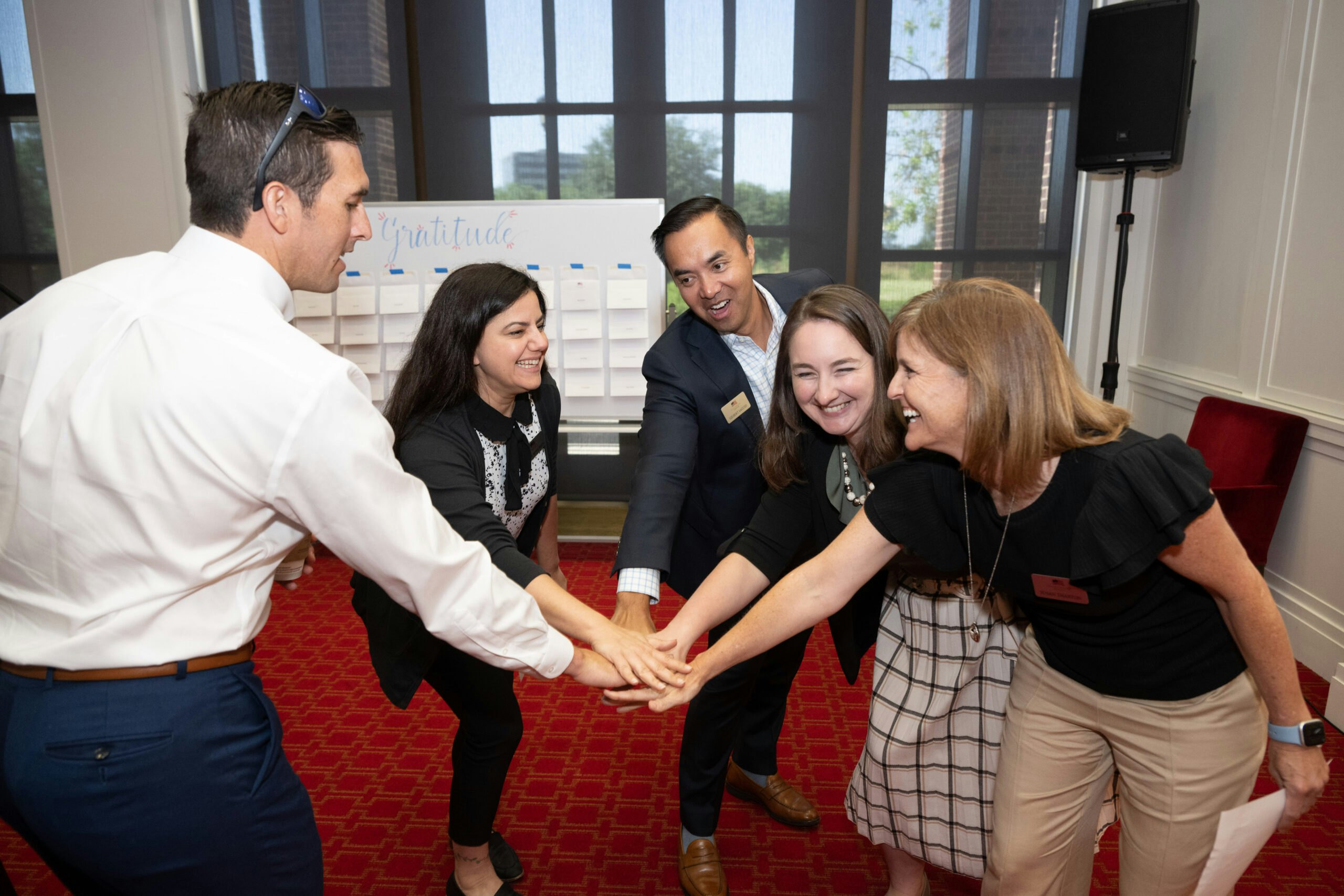A new poll by the George W. Bush Institute, Penn Biden Center for Diplomacy and Global Engagement, and Freedom House shows no significant gap between men and women’s views on promotion of human rights and democracy abroad. However, there is a clear divide between men and women’s perceptions of equal rights at home, and between men and women’s perceptions of the health of our own democracy.
Whether at home or abroad, Americans believe in human rights and democracy.
This is one of the main findings from a recent poll commissioned by the George W. Bush Institute, Penn Biden Center for Diplomacy and Global Engagement, and Freedom House. At home, Americans think equal rights regardless of race, gender, or beliefs are the most important part of our democracy. Abroad, Americans think we have a moral obligation to speak up and do what we can when people are victims of human rights abuses. These are significant statements.
All of this bodes well for women, right? After all, women’s rights are human rights.
What the data says
In theory, yes. In practice, the answer is much more nuanced. There is no significant gap between men and women’s views on promotion of human rights and democracy abroad. However, there is a clear divide between men and women’s perceptions of equal rights at home, and between men and women’s perceptions of the health of our own democracy.
There is no significant gap between men and women’s views on promotion of human rights and democracy abroad. However, there is a clear divide between men and women’s perceptions of equal rights at home, and between men and women’s perceptions of the health of our own democracy.
While both men and women agree that women’s rights are getting better, two-thirds of women versus more than 80 percent of men agree. The widest gap in perception is found between minority women and white men: 82 percent of white men see women’s rights as getting better, while 63 percent of minority women agree.
The same division can be seen when looking at other central aspects of equal rights. While more than half of men think minority rights are getting better, only about a third of women agree. And when these numbers are broken down further, just 25 percent of minority women think minority rights are getting better, versus 44 percent of white women.
What does this mean for Americans’ view of the health of our democracy?
More women than men are very or somewhat concerned about democracy; more women than men think we are on the wrong track; and more women than men think our democracy is in danger.
The extent of that concern differs across groups. For example, far more minority women and men think we are on the wrong track compared to their white counterparts. Similarly, while majorities of minority and white women think our democracy is in danger, less than half of minority and white men agree.
What is perhaps most striking is the difference in overall satisfaction with democracy: about half of all men and women surveyed are satisfied, but only 38 percent of minority women are satisfied with democracy. Only a third of minority women think democracy gives them the best chance at prosperity over the long term based on individual opportunity, compared to 45 percent of women overall.
The differences matter
These results matter because they signal a severe disconnection between men and women, and among groups of women, regarding the extent to which problems related to unequal rights exist in America.
Perhaps this is because the lives of men and women — their experiences and choices, and the knowledge they gain from them — can be very different.
For example, in a 2017 Pew Research Center survey, nearly twice as many employed women as men said they have experienced some form of gender discrimination in the workplace. The list includes earning less than a man doing the same job; experiencing repeated, small slights at work; and receiving less support from senior leaders than a man doing the same job.
The experiences of different demographic groups may also help explain the gaps between men and women, and among women regarding the health of our democracy. Americans believe equal rights regardless of race, gender, and beliefs are the most important aspect of our democracy. But if our personal experience — whether as a woman, a minority, or a marginalized religious group — contradicts the principle of equal rights, then it is understandable that we will be less likely to perceive the benefits of democracy.
This difference has an important implication: A disconnection about the extent of the problem of unequal rights will lead to a disconnection regarding potential solutions. Championing women’s rights in theory does not automatically mean support in practice.
A disconnection about the extent of the problem of unequal rights will lead to a disconnection regarding potential solutions. Championing women’s rights in theory does not automatically mean support in practice.
Programs that support women
Social and economic programs that support women are one of those potential solutions. Americans’ agreement with human rights and democracy promotion abroad generally bodes well for foreign assistance programs supporting women and girls around the world. However, Americans’ disagreement about the extent of unequal rights does not bode well for programs supporting women and girls at home.
Federal funding for women’s health programs is one example. They provide health care services such as wellness exams, contraceptive services, and screenings for cancer and sexually transmitted diseases. Cutting such programs particularly might limit care for women and girls who may not be able to afford it elsewhere.
Failing to consider the impact on women when evaluating the costs and benefits of programs that indirectly support women also contributes to this disconnection. For example, women are more likely than men to face economic insecurity at all stages of their lives, due to a variety of factors such as greater responsibilities for unpaid caregiving. As a result, women often benefit more than men from programs like Medicaid and the Supplemental Nutrition Assistance Program (SNAP).
The good news is broad support remains for initiatives like the Spousal IRA that former Texas Sen. Kay Bailey Hutchison led Congress in passing. The account, which Congress named the Kay Bailey Hutchison Spousal IRA in a bipartisan move, allows married women working from home to contribute to a retirement account.
What’s more, support is growing for programs that help women and girls become leaders in science, technology, engineering, and math. And we should take comfort in Americans’ belief in democracy, human rights, and equal rights. We generally understand and appreciate that democracy gives people a voice.
Still, there are important questions for all of us to consider when we dig deeper: How do we make democracy better for everyone? How do we improve both the perceived and actual benefits of democracy, regardless of race, gender, or beliefs?
How do we make democracy better for everyone? How do we improve both the perceived and actual benefits of democracy, regardless of race, gender, or beliefs? The first step is understanding. Engaging with people from all sectors of society, and taking the time to listen to each other’s experiences may contribute to better solutions.
The first step is understanding. Engaging with people from all sectors of society, and taking the time to listen to each other’s experiences may contribute to better solutions. Our democracy is not perfect, but as 92 percent of survey respondents agreed, today there is a great need for us all to act as responsible citizens so that the freedoms and rights we cherish don’t get whittled away. This is particularly true for women across all groups, who have been excluded for so long, to feel invested in our democracy.




























